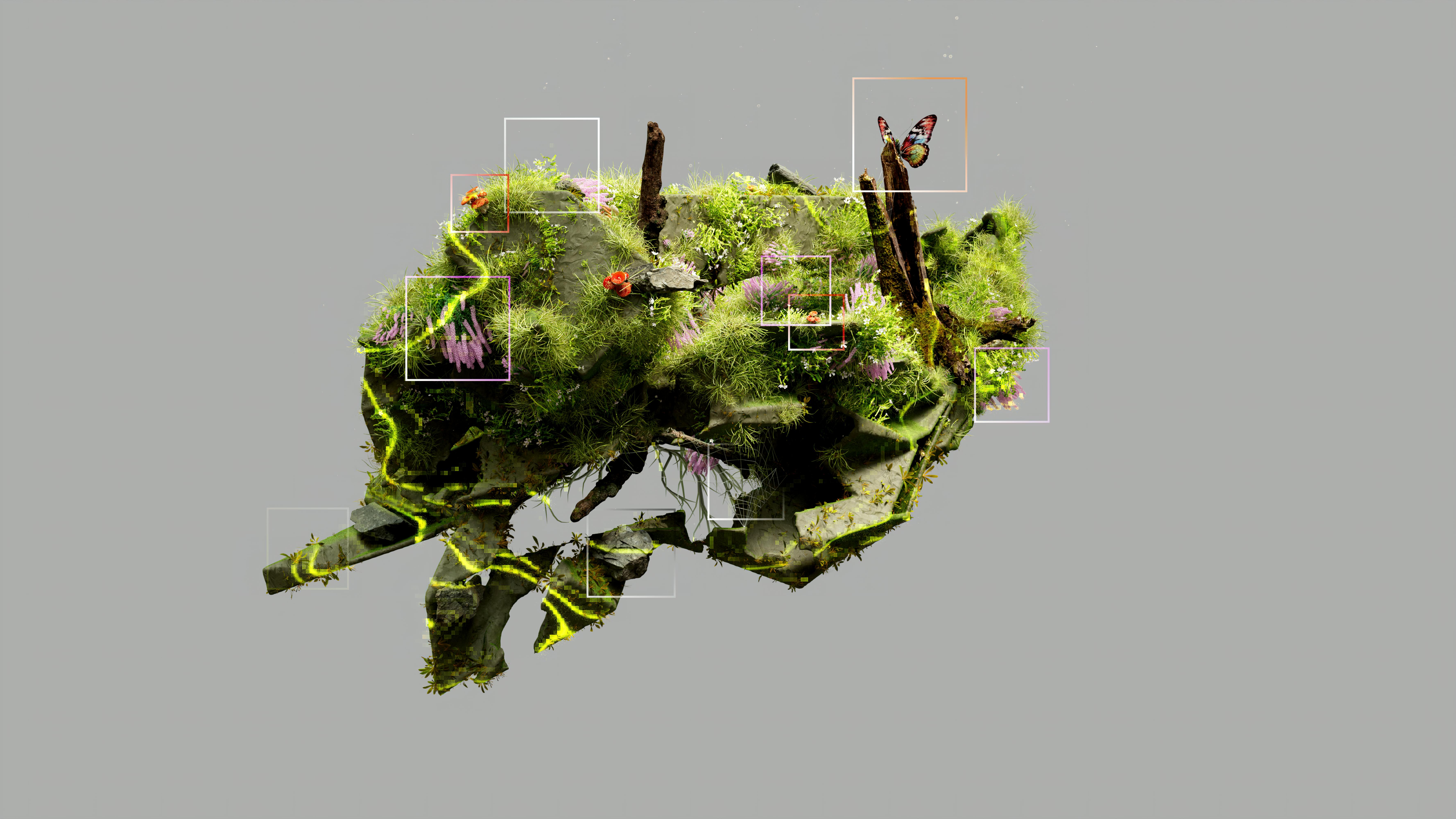Eco-Futurism: The Intersection of Art and Sustainability
In a world grappling with environmental challenges, a new artistic movement is taking root, blending creativity with ecological consciousness. Eco-Futurism, an emerging genre in the arts, is captivating audiences and critics alike with its innovative approach to addressing climate change and environmental degradation through artistic expression. This movement, which spans various mediums from visual arts to performance, is not only reshaping how we perceive sustainability but also challenging artists to envision a more harmonious future between humanity and nature.

Defining Characteristics of Eco-Futurist Art
At its core, Eco-Futurist art is characterized by its fusion of natural elements with futuristic designs. Artists working in this genre often incorporate living plants, recycled materials, and sustainable technologies into their pieces. One hallmark of Eco-Futurist works is their interactive nature, encouraging viewers to engage with the art in ways that highlight our relationship with the environment. Many pieces feature kinetic elements powered by renewable energy sources, creating a dynamic interplay between art, technology, and nature.
Notable Eco-Futurist Artists and Works
Several artists have gained recognition for their contributions to the Eco-Futurist movement. Maya Lin, known for her environmental sculptures, has created works that blend seamlessly with their natural surroundings while drawing attention to ecological issues. Her Water Line series, which maps the topography of bodies of water using recycled materials, exemplifies the Eco-Futurist approach to visualizing environmental data.
Another prominent figure in the movement is Olafur Eliasson, whose large-scale installations explore the intersection of nature, science, and human perception. His Ice Watch project, which brought massive blocks of glacial ice to urban centers, offered a tangible representation of climate change’s impact.
The Impact on Architecture and Urban Design
Eco-Futurism’s influence extends beyond traditional art forms, making significant inroads into architecture and urban design. Architects inspired by this movement are reimagining cityscapes as living, breathing entities that coexist with nature rather than dominate it. Projects like Singapore’s Gardens by the Bay, with its towering Supertrees that harness solar energy and rainwater, embody the Eco-Futurist vision of harmonizing technology with nature in urban environments.
Eco-Futurism in Popular Culture
The principles of Eco-Futurism have begun to permeate popular culture, influencing fashion, film, and music. Designers are experimenting with biodegradable materials and upcycled fabrics to create futuristic yet sustainable clothing lines. In cinema, films like Avatar have popularized Eco-Futurist aesthetics, presenting visions of worlds where technology and nature exist in perfect symbiosis. Musicians, too, are embracing the movement, with artists like Björk incorporating themes of environmental harmony into their music and performances.
Challenges and Criticisms
Despite its growing popularity, Eco-Futurism faces criticism from some quarters. Skeptics argue that the movement’s optimistic vision of the future may distract from the urgent action needed to address current environmental crises. Others question the sustainability of creating large-scale art installations, even when they use eco-friendly materials. These criticisms have sparked ongoing debates within the art world about the role of art in environmental activism and the responsibility of artists to practice what they preach.
The Future of Eco-Futurism
As environmental concerns continue to dominate global discourse, Eco-Futurism is poised to play an increasingly significant role in shaping our cultural response to these challenges. The movement is evolving, with artists exploring new technologies like augmented reality and artificial intelligence to create even more immersive and impactful experiences. Furthermore, collaborations between artists, scientists, and environmentalists are becoming more common, leading to innovative projects that blur the lines between art, activism, and scientific research.
Educational Impact and Public Engagement
Eco-Futurist art has proven to be a powerful tool for environmental education and public engagement. Museums and galleries around the world are curating exhibitions that showcase Eco-Futurist works, often accompanied by educational programs that delve into the environmental issues addressed by the art. These exhibitions serve not only as aesthetic experiences but also as catalysts for discussion and action on climate change and sustainability.
Conclusion
Eco-Futurism represents a bold new direction in the arts, one that seeks to harness the power of creativity to address some of the most pressing issues of our time. By reimagining the relationship between humanity, technology, and nature, Eco-Futurist artists are not only creating visually striking works but also inspiring new ways of thinking about our planet’s future. As the movement continues to grow and evolve, it holds the potential to significantly influence public perception and policy on environmental issues, making it a crucial area of artistic expression in the 21st century.





